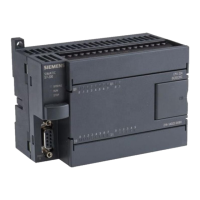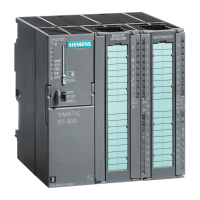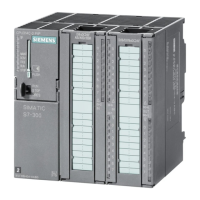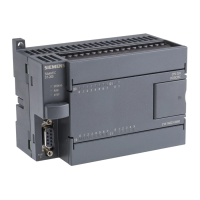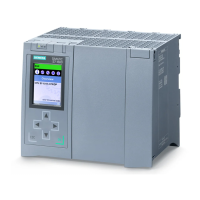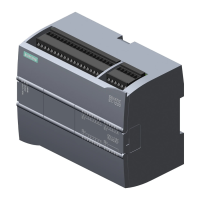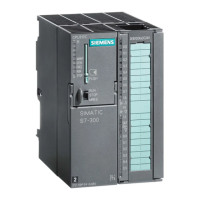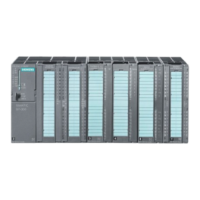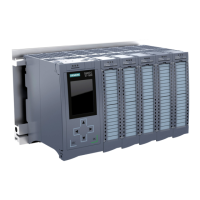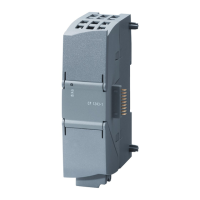4
PLCs
A programmable logic controller (PLC), also referred to as
a
programmable controller, is the name given to a type of
computer commonly used in commercial and industrial control
applications. PLCs differ from office computers in the types of
tasks that they perform and the hardware and software they
require to perform these tasks. While the specific applications
vary widely, all PLCs monitor inputs and other variable values,
make decisions based on a stored program, and control
outputs to automate a process or machine. This course is
meant to supply you with basic information on the functions
and configurations of PLCs with emphasis on the
S7-200 PLC
family.
SF/DIAG
Motor
Pump
Pushbutton
Sensor
Indicator Light
Basic PLC Operation The basic elements of a PLC include input modules or points,
a central processing unit (CPU), output modules or points,
and a programming device. The type of input modules or
points used by a PLC depends upon the types of input devices
used. Some input modules or points respond to digital inputs,
also called discrete inputs, which are either on or off. Other
modules or inputs respond to analog signals. These analog
signals represent machine or process conditions as a range of
voltage or current values. The primary function of a PLC’s input
circuitry is to convert the signals provided by these various
switches and sensors into logic signals that can be used by the
CPU.
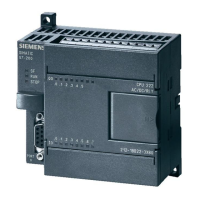
